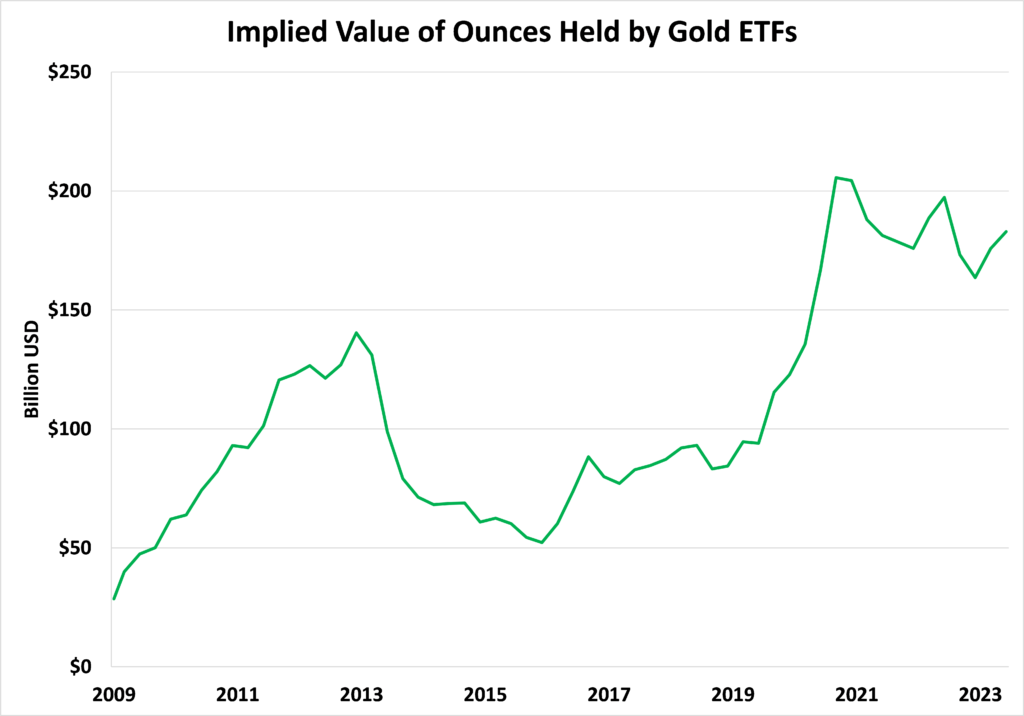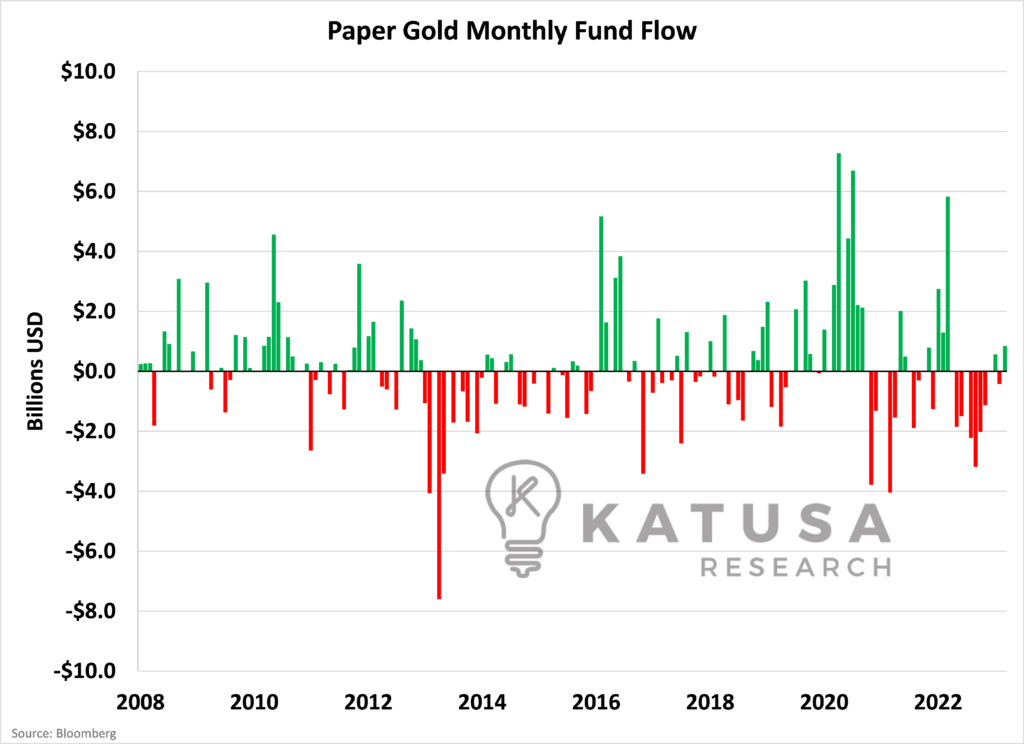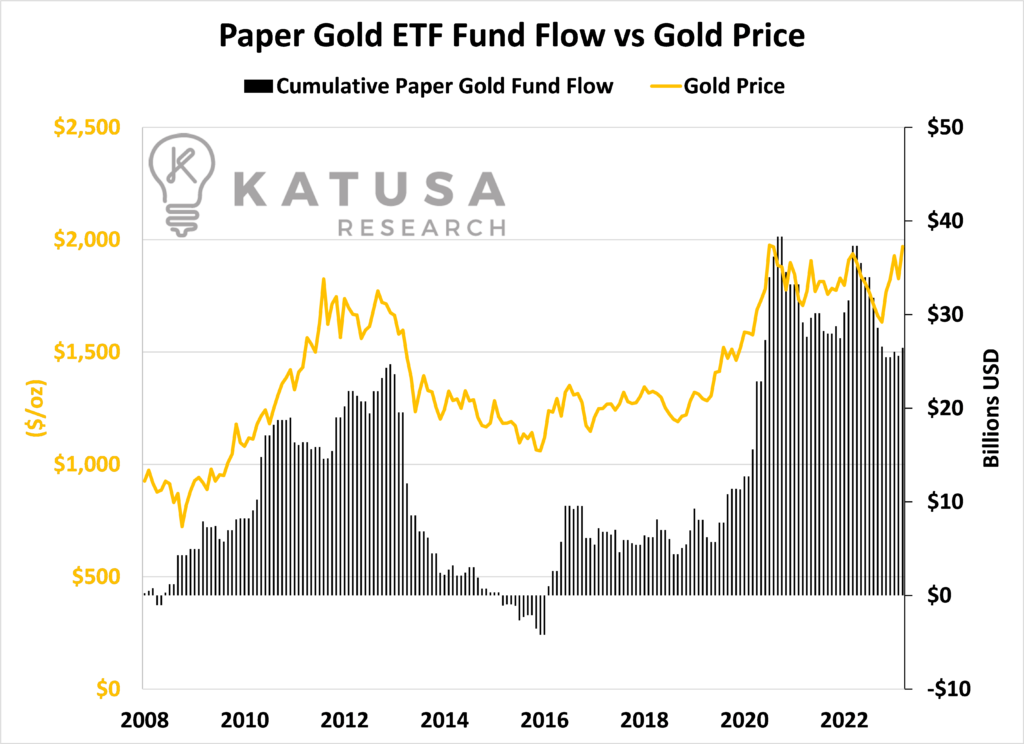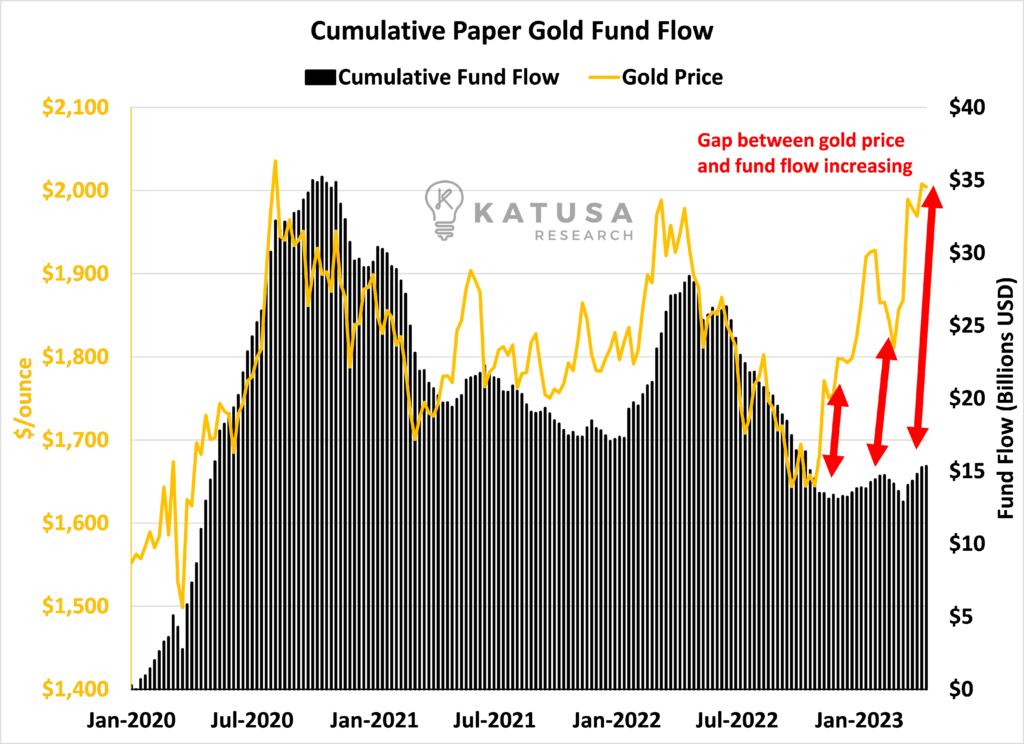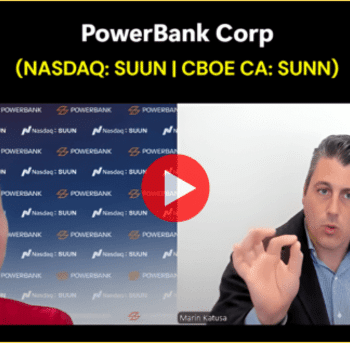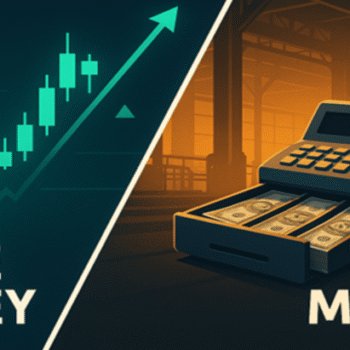Imagine you have a chocolate bar…You can touch it, hold it, and even take a bite from it. That chocolate bar is like real gold that you can physically see and hold in your hand.Now, instead of a real chocolate bar, imagine there’s a picture or a certificate that says you own a piece of that chocolate bar. This piece of paper represents chocolate that you don’t actually have – physically – in your possession.In the same way, the paper gold market is a system where people can buy and sell gold without actually owning the physical gold.It works like this:
- Instead of buying real gold bars or coins, you can buy pieces of paper or digital certificates that represent a certain amount of gold.
These pieces of paper or certificates are like promises that say, “Hey, you own this amount of gold, even though you can’t touch or hold it.”And they are traded on financial markets, just like stocks or bonds.The idea behind the paper gold market is to make it easier for people to invest in gold without the hassle of storing or securing physical gold.It allows investors to buy and sell gold quickly and easily using electronic systems.But, it’s important to remember that the paper gold market is based on trust, and the value of the gold is tied to the actual physical gold held by trusted custodians.
Hard Assets and Dealmakers
Since mid-2022 and at the time of this writing, gold is up over 19%, and year to date, gold is up 8% and currently trading just under $2,000 per ounce – with gold futures recently spiking to new all-time highs.Things look positive for the yellow metal…Yet, M&A activity for the developers and producers has been quiet and the financing deal flow of quality assets is low.You would think that with nearly $2,000 gold, this would be the time all the deals at lofty valuations would be getting done, but that’s not the case.Yes, Newmont is making a play for Newcrest, and Agnico bought out Kirkland Lake (a previous KRO holding).But outside of those large transactions, there is little activity.It is an odd time for the gold market, where some gold enthusiasts are excited about Gold2K, but generalist activity is far from as frothy or excited.It bodes the question…
Who’s Right: The Gold Bugs or the Generalists?
We can take a deep dive into generalist market sentiment to uncover clues about the situation at play.Currently, Exchange Traded Funds (ETFs) which provide exposure to bullion, hold over 93 million ounces of gold.This is what I call the “paper gold” market because you can buy an ETF which will provide the same exposure to gold price movement, without the requirement to store it.As you can see, the number of ounces represented by paper gold ETFs is not far off its highs.
Note: I’m not going to get into the debate of whether or not the 93 million ounces is actually there to back the ETF paper, as we are NOT recommending the ETF.We’re using data to answer questions about generalist sentiment toward gold.Now, let’s show you the implied value of these holdings is over $186 billion (at $2000/oz) as shown below.
Paper Pushers: Get to Know Fund Flows
Understanding the paper gold market in detail requires analysis of “fund flows” which is the net activity of buying and selling shares of the ETF product.Shares are created and redeemed, and the net difference between creation and redemption is the “fund flow”.It provides a real-time indicator of market participants’ bullish or bearish behavior.
- When participants are bullish, fund flows are positive because there are more creations than redemptions.
- When participants are bearish, fund flows are negative and there are more redemptions than creations.
You can be as granular as you want with this data if you know where to look and examine it on a day-by-day basis.But, I look at weekly and monthly data to remove the noise and get a better picture of the capital flow.Below is the monthly fund flow for the “paper gold market”.Green bars indicate months where there was more creation than redemption (bullish behavior), whereas red bars indicate months where there was more redemption than creation (bearish behavior).
- As you can see for most of the last 12 months, there has been more selling than buying.
Looking at the bigger picture, you can look at the cumulative fund flow vs the gold price over many years. So, here is a chart that plots cumulative fund flow versus gold since 2008.
As you can see, through the first few cycles, gold price rises have been met with increased fund flows into the paper gold market. However, this past up move has not been met with the same buyer momentum.Below is a chart which examines this recent trend change in greater detail on a weekly time frame.The chart is saying that at this granular level, there’s been almost zero buyer consensus in the paper gold market.
As you can see from previous highs in gold, fund flows have typically moved higher.However, there is an interesting pattern here of “higher highs in gold” and lower highs in fund flow from the paper market.
- Gold hit $2,063 per ounce back in late 2020, and fund flow peaked above $35 billion.
- Then in 2022, as gold again went above $2,000 per ounce, fund flows peaked at $30 billion.
- Now here we are again at $2,000 gold and fund flow is at a paltry $15 billion, essentially unchanged since gold prices were at $1650.
So, if paper gold buyers aren’t buying, then who is?I believe I gave you the answer last week.Regards,Marin KatusaP.S. If you want to know where I’m putting my own money in gold, resource, and energy stocks… click here to learn more about Katusa’s Resource Opportunities.
Details and Disclosures
Investing can have large potential rewards, but it can also have large potential risks. You must be aware of the risks and be willing to accept them in order to invest in financial instruments, including stocks, options, and futures. Katusa Research makes every best effort in adhering to publishing exemptions and securities laws. By reading this, you agree to all of the following: You understand this to be an expression of opinions and NOT professional advice. You are solely responsible for the use of any content and hold Katusa Research, and all partners, members, and affiliates harmless in any event or claim. If you purchase anything through a link in this email, you should assume that we have an affiliate relationship with the company providing the product or service that you purchase, and that we will be paid in some way. We recommend that you do your own independent research before purchasing anything.


